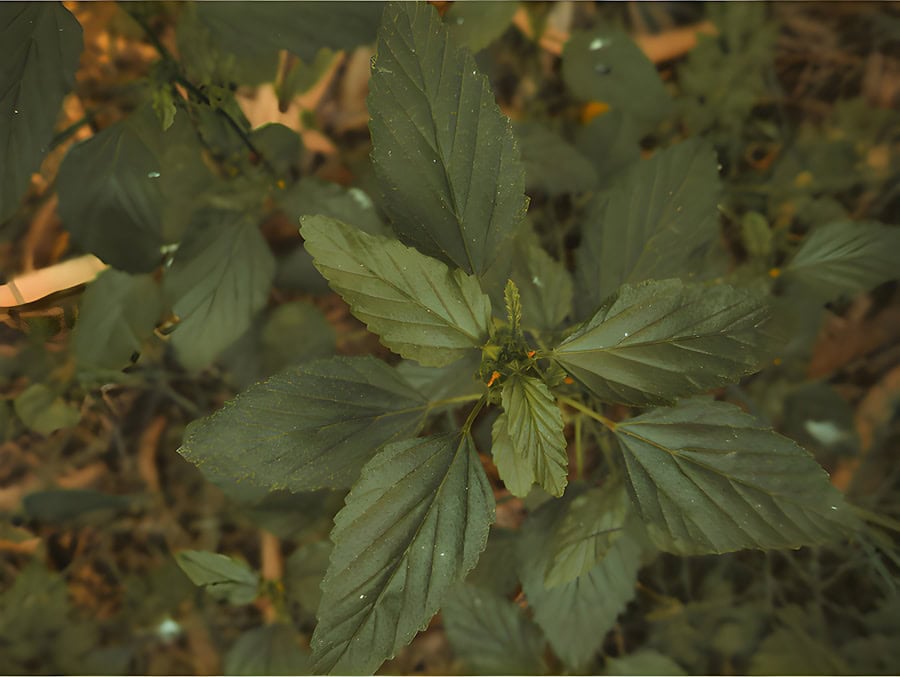Sustainable gardening is a practice that aims to create and maintain a garden that is environmentally friendly, economically viable, and socially responsible. It involves using eco-friendly plants, minimizing the use of chemicals and pesticides, conserving water, and promoting biodiversity. Sustainable gardening is not only beneficial for the environment, but it also creates a beautiful and healthy space for people to enjoy. By incorporating sustainable gardening practices into your garden, you can help reduce your carbon footprint, support local wildlife, and contribute to a healthier planet.
Benefits of Eco-Friendly Plants
Eco-friendly plants offer a wide range of benefits for both the environment and the gardener. These plants are typically native to the region, which means they require less water and maintenance compared to non-native species. By choosing eco-friendly plants, you can reduce the need for chemical fertilizers and pesticides, which can be harmful to the environment and human health. Additionally, eco-friendly plants provide habitat and food for local wildlife, helping to support biodiversity in your garden. From a gardener’s perspective, eco-friendly plants are often low-maintenance and drought-resistant, making them an ideal choice for sustainable gardening. Overall, incorporating eco-friendly plants into your garden can help create a beautiful and thriving ecosystem while minimizing negative impacts on the environment.
Criteria for Selecting Eco-Friendly Plants
When selecting eco-friendly plants for your garden, there are several criteria to consider. First, it’s important to choose plants that are native to your region, as they are better adapted to the local climate and require less water and maintenance. Additionally, look for plants that are drought-resistant and pest-resistant, as these qualities can help reduce the need for chemical inputs. Consider the plant’s growth habit and potential impact on local wildlife, as some species may be invasive or harmful to native species. Finally, prioritize plants that provide food and habitat for local wildlife, such as pollinators and birds. By carefully selecting eco-friendly plants for your garden, you can create a thriving and sustainable ecosystem that benefits both the environment and your local community.
Top 5 Eco-Friendly Plants for Sustainable Gardens
1. Butterfly Weed (Asclepias tuberosa) – This native perennial is a favorite among pollinators and butterflies, providing vibrant orange flowers and food for caterpillars.
2. Purple Coneflower (Echinacea purpurea) – A hardy and drought-tolerant perennial, this plant produces stunning purple flowers that attract pollinators and provide seeds for birds.
3. Switchgrass (Panicum virgatum) – This native grass is a versatile and low-maintenance option for sustainable gardens, providing habitat for wildlife and adding texture to the landscape.
4. Black-Eyed Susan (Rudbeckia hirta) – With its cheerful yellow flowers, this native perennial is a great choice for attracting pollinators and adding color to the garden.
5. Wild Bergamot (Monarda fistulosa) – Also known as bee balm, this native perennial produces showy pink flowers that attract pollinators and provide nectar for bees and butterflies.
Tips for Maintaining Eco-Friendly Plants
Once you’ve selected eco-friendly plants for your garden, it’s important to maintain them in a sustainable manner. Avoid using chemical fertilizers and pesticides, as these can harm beneficial insects and wildlife in the garden. Instead, focus on building healthy soil through composting and mulching, which can help reduce the need for additional inputs. Water your plants wisely by using drip irrigation or soaker hoses to minimize water waste, and consider collecting rainwater for irrigation purposes. Regularly monitor your plants for signs of pests or diseases, and use natural or organic methods to manage these issues when necessary. By following these tips, you can ensure that your eco-friendly plants thrive in a sustainable and environmentally responsible manner.
How to Incorporate Eco-Friendly Plants into Your Garden Design
When incorporating eco-friendly plants into your garden design, consider their growth habits, colors, textures, and seasonal interest to create a visually appealing landscape. Group plants with similar water and sunlight needs together to create efficient irrigation zones and minimize maintenance requirements. Integrate native grasses and wildflowers into your garden to provide habitat for wildlife and add natural beauty to the landscape. Consider creating a pollinator garden with a variety of nectar-rich flowers to attract bees, butterflies, and other beneficial insects. Additionally, incorporate edible plants such as fruit trees, herbs, and vegetables into your garden to provide food for yourself while supporting local biodiversity. By thoughtfully designing your garden with eco-friendly plants in mind, you can create a sustainable and beautiful outdoor space that benefits both people and the environment.
Conclusion and Final Thoughts on Sustainable Gardening
In conclusion, sustainable gardening offers numerous benefits for the environment, wildlife, and the gardener. By choosing eco-friendly plants, minimizing chemical inputs, conserving water, and promoting biodiversity, you can create a thriving and sustainable garden that supports local ecosystems. When selecting eco-friendly plants for your garden, consider their native status, water and maintenance requirements, impact on wildlife, and potential benefits for the environment. Once you’ve established a garden with eco-friendly plants, maintain them in a sustainable manner by avoiding chemical inputs, conserving water, and managing pests naturally. By incorporating eco-friendly plants into your garden design, you can create a visually appealing landscape that supports local wildlife while minimizing negative impacts on the environment. Ultimately, sustainable gardening is a rewarding practice that allows you to connect with nature while contributing to a healthier planet for future generations.




